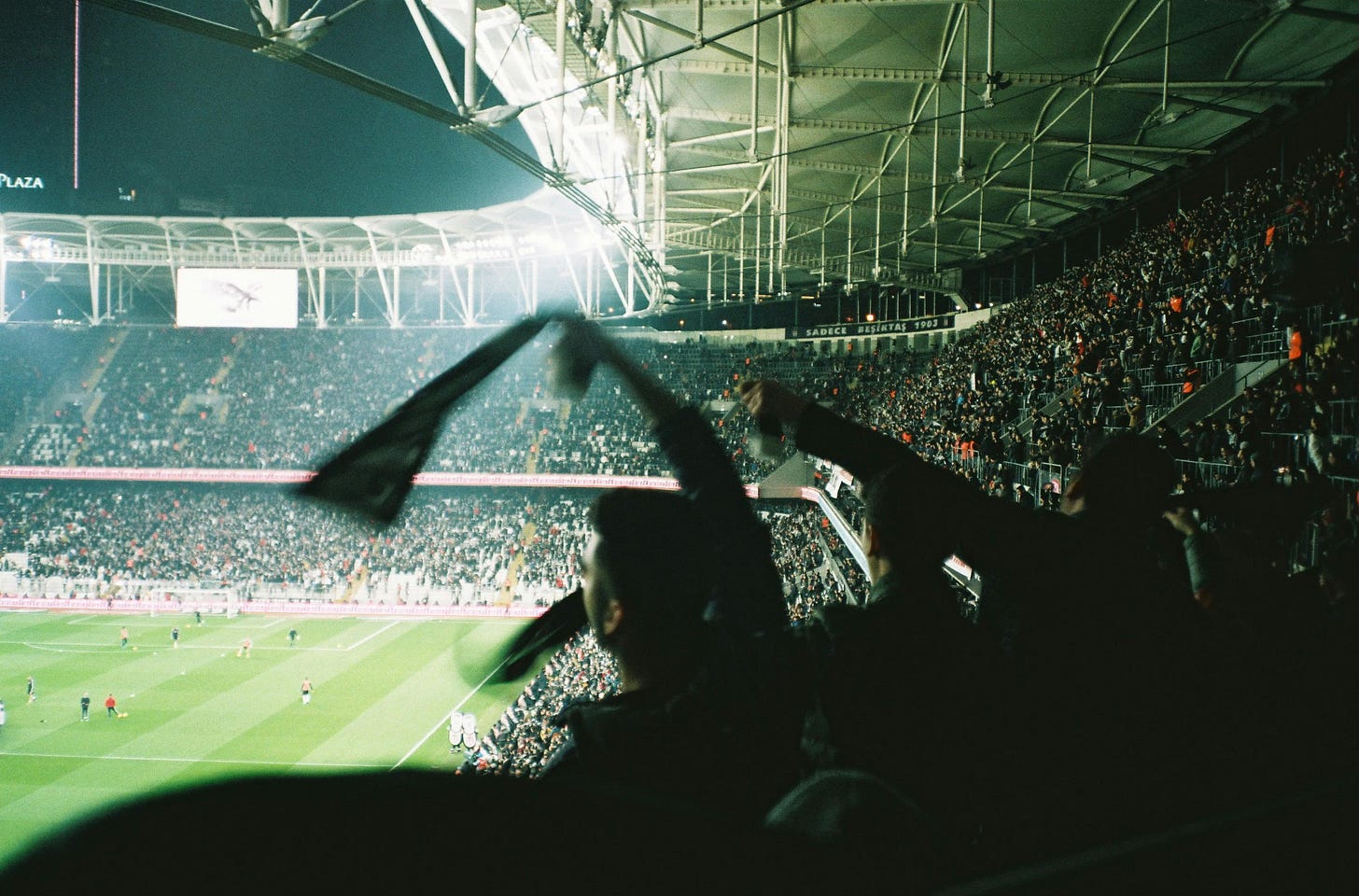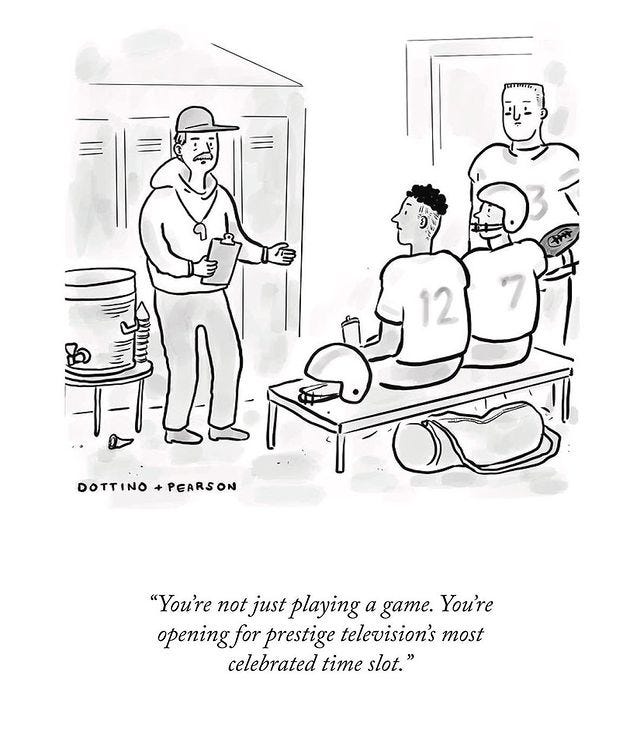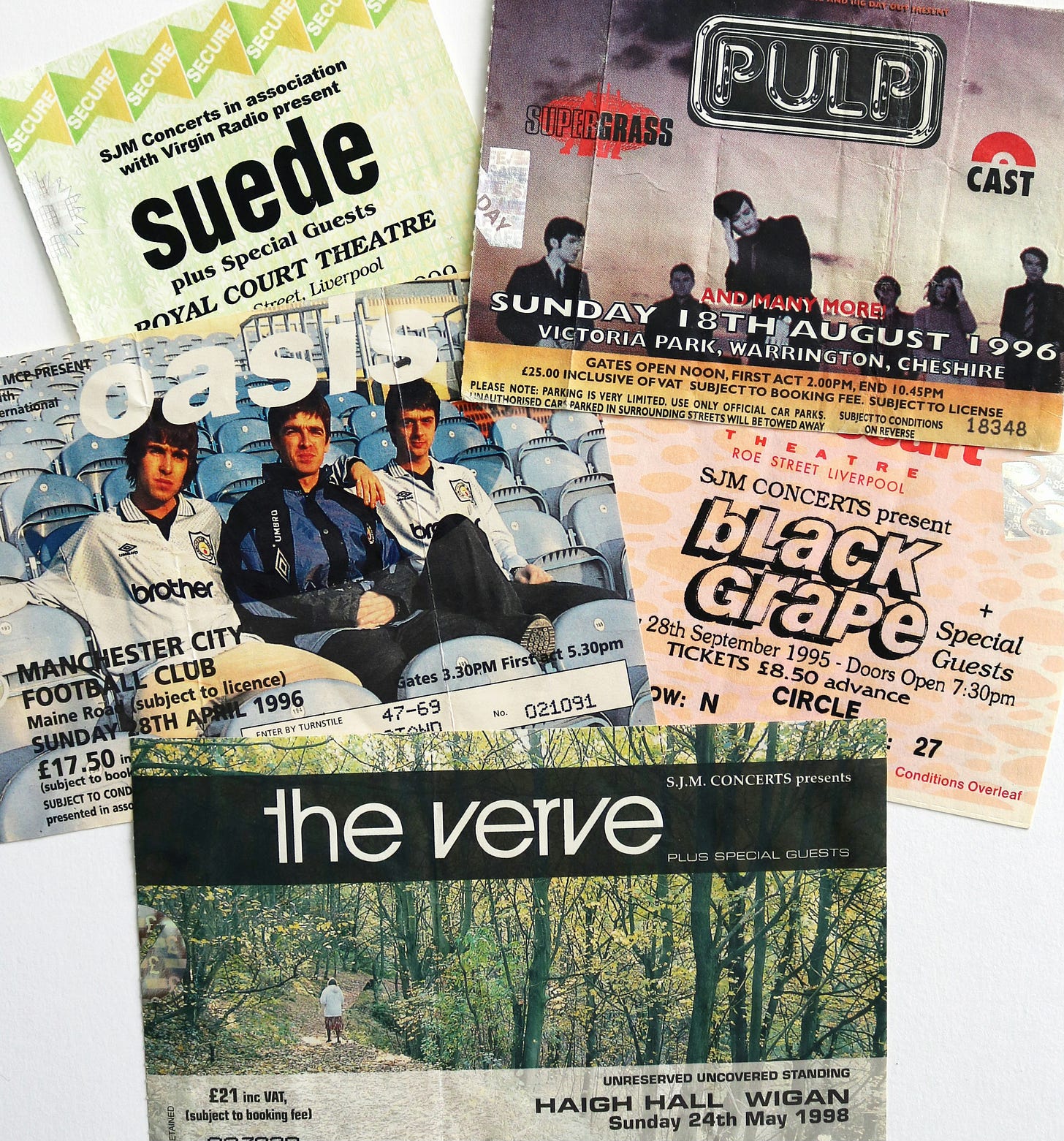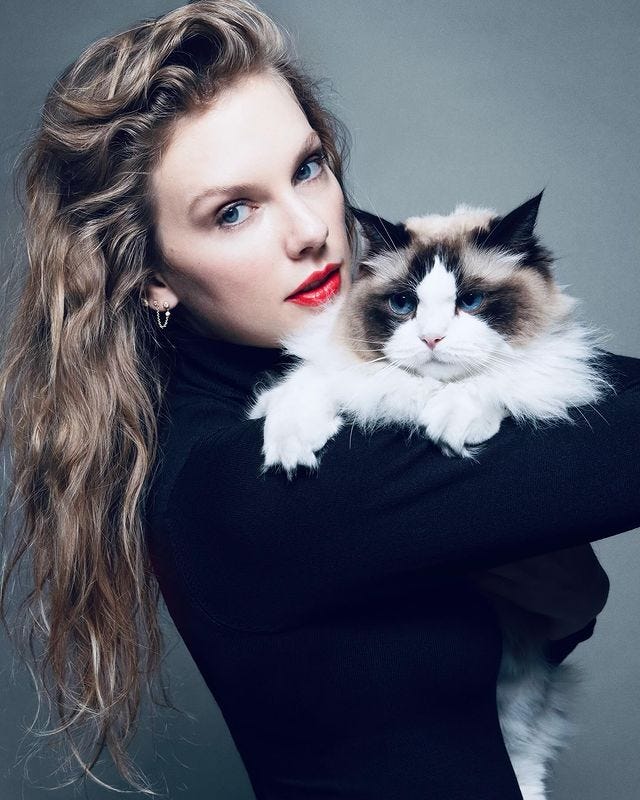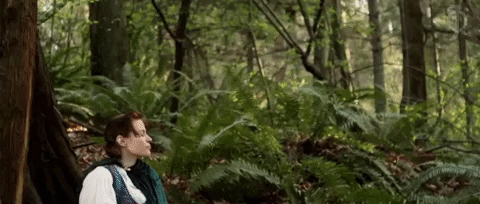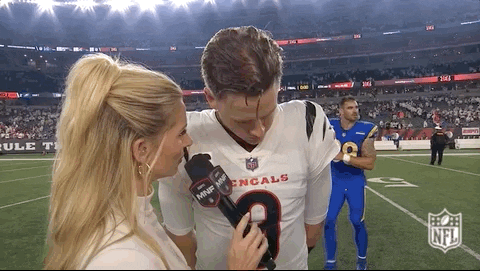Three loose thoughts on fandom
A recent Sky Sports survey went deep into the economic and social impact of watching and following sport. Fandom, increasingly, is a concept to take seriously.
What does it mean to be a sports fan? How does it happen?
What is it worth?
This month, Sky Sports released a study with Public First. Based on a survey of 2,010 UK adults, as well as 50 people in five focus groups and 13 ‘Sky Sports stakeholders’, ‘Game Changing: How sport makes us happier, healthier and better connected' champions the personal, social and economic value of sports participation and fandom.
It found that two in three British people consider themselves sports fans, that they spent a cumulative 9.1 billion hours watching and playing sport in 2023, and that sports fandom generated around £10 billion in revenue for the UK economy last year.
64 per cent of those surveyed find relaxation in watching sport, with 59 per cent saying it cheers them up. 54 per cent of adults – including 65 per cent of men – believe sport has a positive impact on their mental health.
59 per cent said their fandom gives them interesting things to talk about with others, and 43 per cent that sport connects them with ‘different types of people’.
This was, of course, a partly self-motivated exercise. Sky Sports trumpeted the estimated £4 billion contribution made by Sky Sports to the UK economy in 2023, alongside its £18 billion investment in sport over the past decade. Media companies, meanwhile, are very much conscious of how valuable sports audiences remain, and have an obvious incentive to get their communities onside.
But it is notable that a survey like this now exists – not least at a point where the contest for public and private investment is so intense. Sports fandom is often framed as a gateway to an active lifestyle or a generator of attendant financial benefits, rather than a productive and worthwhile good on its own terms.
Research in this area has historically been a little sparse but it is increasingly used as a prism for media and cultural dynamics, both good and bad.
It’s certainly something I hope to explore in greater depth as this newsletter beds in – but here are some spongier recent thoughts on it in the meantime.
Discovery channels
I’ve been a sports fan for almost as long as I can remember. In other words, I mostly can’t remember becoming one.
What I do know, though, is that free-to-air television was pivotal. Between omnibus shows like Grandstand and schedules filled with live events, especially in the summer holidays, it was easy to find something new by accident.
Those days have largely gone: not just because more sport is paywalled but because curation matters less now that personal choices and algorithmic trends are so potent.
This is highly apparent in children’s TV. Instead of the two or three-hour blocks of mix-and-match programming my generation enjoyed, or the dedicated channels that mushroomed through the 2000s and 2010s, many early media experiences are now on-demand – often at the angry insistence of toddlers or the weary submission of busy caregivers.
The long-term implications for tastes and habits could be profound, leaving those of us raising two-year-olds with much to agonise over in the meantime.
That creates a productive space for series enjoyed by young children and endorsed by their parents. Chief among these is Bluey, which follows the adventures of a family of emotionally healthy, anthropomorphised Australian dogs. Last year, it delivered an unusually affecting bit of sports-based storytelling.
Over an impeccable seven minutes, ‘Cricket’ charts the development of one young pup’s obsession with and talent for batting, weaving baggy green folklore into his personal backstory. It is an affectionate introduction to the sport and a celebration of its values.
Time will tell how many cricket badgers the show inspires but there is a reminder here of how foundational family, friends and emotion are in forging attachments to sport.
Indeed, research last year by Two Circles underscored how often lifelong sports fandom is formed in childhood – and how far the ‘originators of fandom’ have diversified beyond live broadcasts and participation to encompass things like gaming and storytelling.
There are more ways, then, to reach people in 2024 – not least if you can be intentional about it. But seeding and nurturing a lifelong resonance, among cartoon-watching tots and Olympic-bingeing grown-ups alike, is an altogether different task.
Long tails and broad footprints
Here’s a fun projection: according to some very PR-able calculations from the University of Birmingham, Oasis stand to earn more from their 17-date 2025 reunion tour than they did in the whole of the 1990s.
That’s the same 1990s where they had three number one albums and played to half a million punters in a single Hertfordshire weekend.
Live events are powerful for legacy acts, serving a heady FOMO cocktail to fans flush with nostalgia and the relatively higher income of early middle age. But imagine, if you can, a scenario in which Oasis break up at some point in the future.
Promoters will. They’ll also consider the millions of fans who never quite reached the front of Ticketmaster’s virtual queue, and maybe even those without the means or inclination to drop the cost of a small used car on entry.
And the tour might not be the big story (morning glory) by the end of next year. Noel Gallagher has hinted at the sale of Oasis’ publishing rights – something bound to test the limits of his fraternal bond with Liam, who has a minimal share in them.
So while many musicians will play merrily on into their dotage, some might take their cue from a group who haven’t performed live together since the early 80s.
The estranged couples of Abba have had several goes at reconstituting their back catalogue – from the karaoke musical Mamma Mia, which spawned a movie and a sequel, to the Abba Voyage hologram production in east London, now well into its third year.
Their strategy is of a piece with an entertainment industry mining value out of established stars and existing IP over and over again. And it demonstrates the appetite for shared experiences around shared passions, even where the full-fat live show is unavailable.
Sport has historically met that need through live broadcasts but even then, there are signs of evolution.
During Uefa Euro 2024 this summer, paid fan parks reached an extraordinary scale here in the UK: Manchester’s AO Arena screened England knock-out games to as many as 16,000 ticket-holders. In the US, Cosm’s ‘shared reality’ mega-screens are proliferating on the promise of must-attend set-pieces far away from the action itself.
All of this is bound to expand the footprint of live events, maybe even extending the lifespan of older games and concert footage in the process. That, in turn, could remake rituals and reset expectations.
The race to the Swift
It’s difficult to add much to the conversation about Taylor Swift this year without lapsing into the bleeding obvious. Suffice to say, whatever research there is on the influence of fan groups in the near future, the Eras Tour will probably feature.
Earlier this month, Swift’s thoughts on leaders spurred further thought leadership. She endorsed Kamala Harris in the US presidential election in a crisp Instagram statement; an efficient, compact piece of communication where she reclaimed her own voice from AI fakery but carefully avoided speaking for anyone else.
The common refrain in US political circles is that celebrity endorsements don’t often matter. In one sense, that will probably be true again: however moved they are by their idol’s songwriting and stagecraft, most Swifties aren’t just going to do what she says.
Yet that is not the real significance here. Even in such a close race, this is less about influence than audience. Swift has 273 million followers on Instagram – her post reportedly drove over 300,000 visits to registration hub Vote.org – and the curiosity that trails her even made some noise in the NFL ratings last season.
The campaign teams for Harris and Donald Trump want the ear of people who are paying attention. Fandom has redirected flows of that currency. Parts of the Trump strategy reflect this, too, with appearances on podcasts aimed at young men and a round of golf on Bryson DeChambeau’s YouTube channel. Earlier this year, Sir Keir Starmer’s UK election campaign used football fan media in a similar way.
People have spent years building an information ecosystem around their deepest interests. That is now the logical place to look for them.
Stray notes…
Here’s a weird thing: the number of new bands topping music streaming and sales charts is lower than you might expect. Like, much, much, much lower.
Industry veteran Rick Beato (ft Richard Osman) lays out some practical and commercial reasons for that here. The role of the personal brand in culture is important, too – which is food for thought for the sports business.
-
He’s perhaps best known as Serena Williams’ husband but Reddit co-founder Alexis Ohanian is an ever-more prolific investor in women’s sport – citing the influence of young women on social platforms as evidence of a very smart bet.
-
For all the growth of women’s sport, there’s a glaring lack of specificity in research and governance – as detailed in this compelling Unofficial Partner chat with The Well’s Baz Moffat. Meanwhile, women’s football writer and Counter Pressed podcast host Flo Lloyd-Hughes aims to address the shortfall in female-first media coverage with her new outlet, The Cutback.
-
Lego and sport, you say?
Concepts of a plan
Thanks for reading, as ever.
Regular readers will have noticed this relaunched newsletter isn’t quite regular just yet. Some new projects have kept things in the pilot phase for now but the idea is to settle into a weekly slot very soon.
I’ll be at SportsPro AI this week so expect a few thoughts on that next time.
Until then: like, share, subscribe, tell your friends and warn your enemies.
(And if there’s ever anything you’d like me to write for you, get in touch…)
Eoin Connolly is a writer, editor and presenter. He is also the founder of 26 Forty, providing original storytelling and editorial services for the sports industry.




